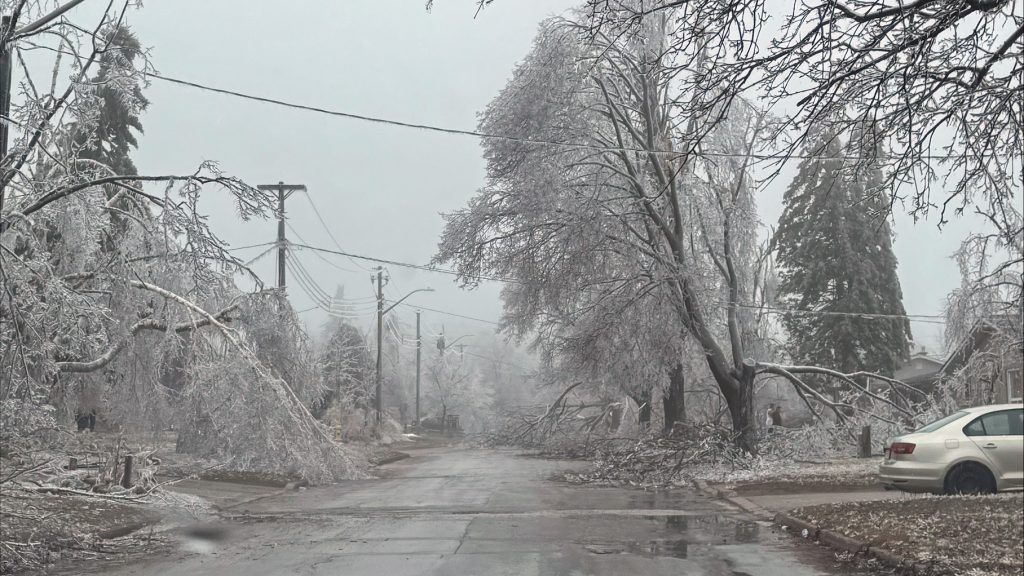Invasive jumping worms spotted in Ontario: Here’s what to look out for

Posted March 21, 2022 5:44 pm.
Last Updated March 21, 2022 6:41 pm.
As the weather warms up and people head for trails and gardens across Ontario, authorities are warning the public about the presence of Asian jumping worms — an invasive species that has been seen in parts of the province more recently.
“It’s very much unlike any other earthworm movement you’ve seen,” Colin Cassin, a policy manager at the Invasive Species Centre based in Sault Ste. Marie, told CityNews.
“They are quite energetic, I guess, for earthworms, so we do kind of see behavioural changes that would distinguish those from other earthworms.”
Cassin and the staff at the centre are among those monitoring the spread of the worms. He said there are two big concerns: The volume of words that can develop and how the worms move around, which marks a potential hazard for forest and certain protected greenspaces.
“They can move that organic layer from the top of the forest soil down to the bottom where there normally wouldn’t be that organic content. Bigger picture too that has implications for what species of plants can grow in our forests.”
Native species of plants, including Trilliums — Ontario’s official flower, could be affected if the situation intensifies.
An Ontario government spokesperson told CityNews the worms in question are in many states in the U.S. However, there were two sightings in Essex County in 2014. Fast-forward to 2021 and two experts from the University of Toronto and the University of New Brunswick found worms in Toronto, Dundas and Wheatley.
Robyn Pollard, the manager of forestry and horticulture with the City of Hamilton, said staff were made aware of the presence of the species recently.
“At this point, staff don’t have any specific initiatives but we are aware of it. We will be consulting with the [Canadian Food Inspection Agency],” she told CityNews, adding nothing has been planned yet.
“If history tells us anything, it will be education-based to make sure the public is aware of all the recommendations we can put forward.”
RELATED: Annual tree defoliation by gypsy moths tripled in 2021, and 2022 could be just as bad
Meanwhile, Cassin said stopping the spread of the worm species is going to be key going forward.
“The best tool in our toolbox in terms of preventing invasive earthworm spread is about prevention – that is the best tool we can do,” he said.
Cassin provided the following tips for Ontario residents:
- Avoid moving compost and soil from gardens outside of your immediate community
- Inspect plants and soil for worms
- Most worms in Ontario are invasive, so if you find any worms or if you fish with worms and have leftovers dispose those in your garden or in the garbage (don’t put worms in forests or naturalized green spaces)
He also said there’s still not a lot known about the spread of the worm species in Ontario and he encouraged people to send their information in.
“We really don’t have a great handle, we’re still looking for that and we’re still looking for folks to report,” Cassin said.
Aside from the movements, he also said the worms have a lighter- or cream-coloured ring near the front.
If you want to report sightings of the worms, click here to access the Invasive Species Centre’s portal for collecting information.








